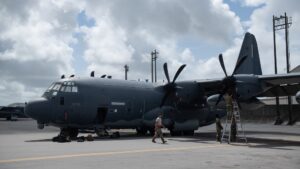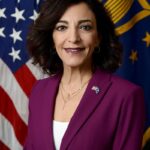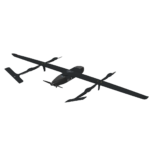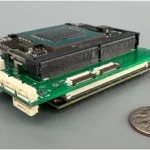
Collins Aerospace [RTX] is looking for its Enhanced Vision System (EVS) to gain traction within the U.S. Air Force C-130 community for a number of missions, including low-level flying at night, formation refueling for special operations forces, and Air National Guard firefighting. Air Force Special Operations Command (AFSOC) plans to begin several months of testing of an EVS-3600 on a standard C-130 this May to let AFSOC, Air Mobility Command, Air Combat Command and the Air National Guard watch the…














